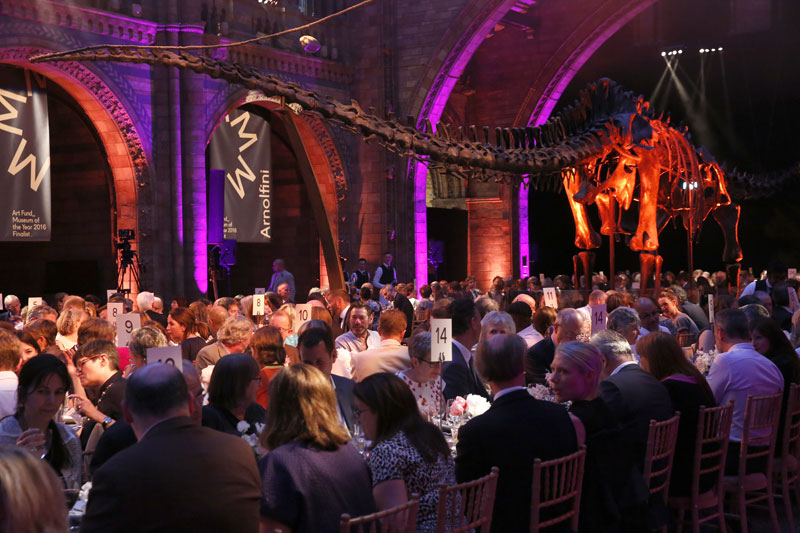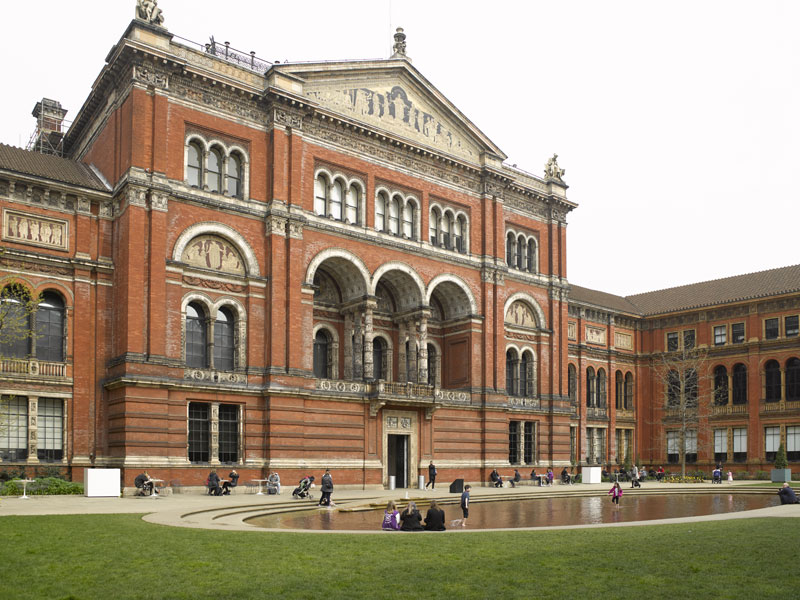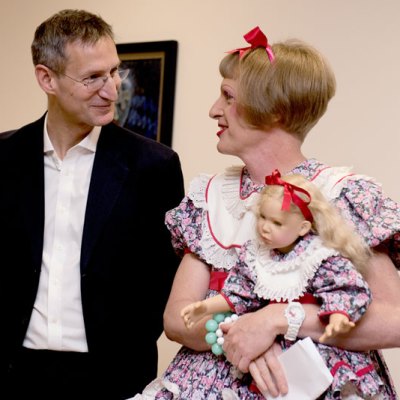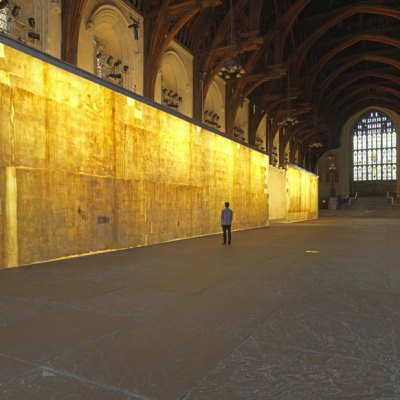The Victoria & Albert Museum has been named the Art Fund Museum of the Year for 2016. The Duchess of Cambridge presented the award on Wednesday evening to V&A director Martin Roth at a dinner at the Natural History Museum in London, in front of more than 350 guests drawn from the art and museum worlds. The scale of this event, combined with the publicity the award now attracts, testifies to to just how successfully the Art Fund has developed the profile and prestige of this award in recent years. ‘It’s a great thing’, Roth says, ‘I don’t think there’s anything in another European country that’s on the same level.’
This is the first time that a national museum has won the award since the British Museum triumphed in 2011. Recent winners have tended to be smaller institutions, or those that are thriving outside the capital: the William Morris Gallery in Walthamstow in 2013, Yorkshire Sculpture Park in 2014, and last year the Whitworth, Manchester. So it seemed fitting that, as he collected the award, Martin Roth pledged that the prize money of £100,000 would contribute towards the re-establishment of the V&A’s Circulation Department, which was responsible for organising touring exhibitions of the museum’s collection to regional venues and educational institutions until budget cuts forced its closure in 1977. Roth says he has ‘always believed that there needs to be an exchange programme between huge museums and smaller collections’, adding that ‘£100,000 means a lot to us, but much more to a smaller museum – so we thought we should share the prize money, and I think this is the best way to do it.’
Guests at the Art Fund Museum of the Year Award dinner at the Natural History Museum in London. Photo © Richard Young Photographic Ltd

A statement from Stephen Deuchar, director of the Art Fund and chair of the judging panel, praised the ‘exceptional accomplishments’ of the V&A, including the museum’s recent ‘Alexander McQueen: Savage Beauty’ and ‘The Fabric of India’ exhibitions and its new Europe 1600–1815 galleries. The museum’s activity, he said, is ‘at once entertaining and challenging, rooted in contemporary scholarship, and designed to reach and affect the lives of a large and diverse national audience.’ And for Roth, such achievements reflect the outlook of his ‘extremely ambitious’ staff at the V&A, reaching from deputy director Tim Reeve, who has helped to transform the management structure since joining in 2013, to the museum’s visitor experience team and its volunteers and interns. ‘This is really an award for the team, the staff,’ he says.
With the exception of the Tate, no UK institution competes with the V&A today in terms of ambition and awareness about how it is growing into a future that it has defined for itself. The range of its current ventures makes for a formidable list: from the Exhibition Road building project at its South Kensington headquarters, to plans for V&A East and new storage facilities in the Queen Elizabeth Olympic Park, East London, to the construction of the V&A Museum of Design, Dundee (scheduled to open in 2018), and – further afield – the institution’s five-year partnership with the Shekou Design Museum in Shenzhen, China (which is scheduled to open in 2017). Only last month, the museum announced a major grant from the Andrew W. Mellon Foundation to launch a new V&A Research Institute (VARI), a development firmly in keeping with the museum’s founding mission in the mid 19th century to collect, study and promote exemplary art and design.
Photo: Polly Braden

The V&A, says Roth, is ‘a museum of the 21st century’, one with a strong sense of how it will navigate the decades to come. All the same, he says, the EU referendum has created risks and uncertainties that may well affect many aspects of the V&A operation (as they may make an impact across the sector), from questions of funding, to staff visa requirements and arrangements for shipping artworks. ‘There are a lot of very open questions but we don’t have answers right now’, he says. ‘It’s like being a skier in thick fog […] We are vigilant enough to see what’s going on and adjust as necessary.’
Roth has a deep sense of the collaborative, transnational nature of European art and culture, something that is shared by many in the creative industries and that motivates their hostility to Brexit. ‘I haven’t met one person who has said in public, from the cultural field, that they are for “Leave” – not one person’, Roth tells me. But in which case, could UK museums and their leaders have done more to make a positive, cultural and historical case for staying in the EU? National museums, Roth says, were advised not to engage in the debate. ‘There was something from the government – which we always have before elections – to say you’re not supposed to talk about politics in public. Don’t use your institution for propaganda.’
That instruction was misguided in the context of the EU referendum campaign, he feels. ‘I think that cultural institutions in general are a kind of public forum, so if you want to have a public debate – not a party political debate – about a European idea, I thought it was the wrong recommendation. […] Let’s say it loudly: the “Leave” campaigners worked with a lot of lies, and cheating, and doing the wrong things, and trying to convince us with the wrong numbers and so on. It was not a fair public debate. We should have done more in cultural institutions.’


